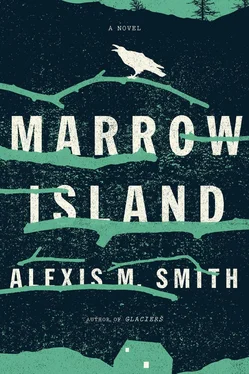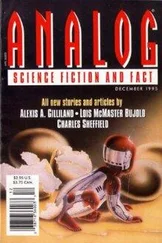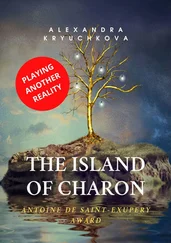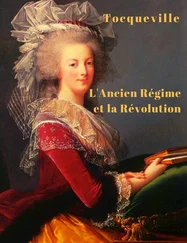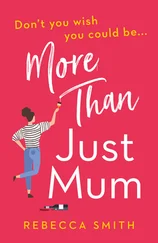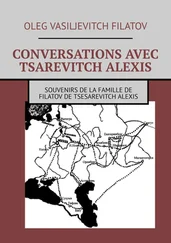We stepped inside to meet the silver-haired woman from the barn.
“Good morning, Maggie,” Katie said, breaking the silence. “This is Lucie.”
“Here’s our visitor,” she said, shaking my hand firmly. “Welcome. I saw there was someone else on the boat this morning? A friend of yours?”
“A forest ranger,” I said. “We weren’t together; we just happened to be on the same boat.”
“Ah.” She nodded and glanced at Katie. “People cruise by the island all the time, sometimes even stop on the shore, but it’s rare anyone wants to stay. People stayed away completely for a long time.” She paused, looked out the window toward the rise where the trees hid the smokestacks from view. “A long time,” she said again, and surveyed the work in front of her.
“Is this where you make the cheese?” I asked.
“The cheese?”
“That they sell at the co-op on Orwell.”
“Yes. We do it all here. Cheese, yogurt, kefir, butter…”
The room looked like an ordinary kitchen, but there was a long worktable down the middle with a sink at one end that drained into a tub below.
Katie saw me examining the sink and explained, “It’s for catching the whey. We use it for drinks and baking.”
“We don’t waste anything, if we can help it,” Maggie said.
She showed me around, pointing out an old metal suitcase with a few holes drilled in it, wires emerging from the holes. She opened the top of the suitcase to reveal jars of yogurt nestled in wool hats, with heating pads beneath.
“We don’t actually use the refrigerator much, since most of our dairy is cultured and consumed quickly,” Maggie told me.
“The electricity — it’s all solar?” I asked.
“It is. We have to regulate temperature, for culturing, mostly in the winter months. When we first started out here, I was making yogurt near the wood stoves, the pellet stoves. We tried constructing a special cupboard above the cookstoves — which did not work, smoked yogurt, can you imagine? — consistency was much harder then.”
She led me to the farthest corner of the north wall and opened a heavy wooden door revealing a long, low, cave-like storage area for the cheese, dug directly into the hill. The shelves were full of cheeses in various stages of ripeness; the smell bloomed into the room, yeasty and acidic, with notes of hay and shit, like the barn. I whistled and Maggie smiled.
“The magic of microbes. Where would the human race be without them?”
“I know some food writers who would crawl all over each other to see this place. It’s very Old World, very European. You’ve never had anyone come out to write a profile?”
Maggie chuckled. “I’m sure they don’t know we exist. Do they, Kate?”
Katie joined us. “Food writers? No, not in my time.”
“How long have you been selling at the co-ops and farmers’ markets?”
“Only a few years now,” Maggie said. “We used to barter with it, but Kate convinced us to start selling, too.”
“It’s useful to have cash” was all Katie said.
“But”—I was thinking of the fields, the gardens we had passed, the bread and butter I had eaten earlier—“how are you able to raise food and animals here, without risk of contamination from the refinery site?”
“That’s why you’re here, is it?” Katie asked, head cocked, half smiling. “To find out how we did all this?”
She didn’t sound upset, but I felt accused of something.
“You invited me. I came to see you and the island.” We looked at each other for a moment.
“Yeah,” she said. “Of course.” She looked away.
Maggie ducked into the cave, hunched slightly to avoid hitting her head, and returned with three small wheels of ripe cheese. She took them to the table and wrapped them in squares of striped cloth that looked like they had been cut from a men’s dress shirt. Katie pulled a basket from a wall hook.
“It’ll be first meal soon,” she said. “The food is safe, don’t worry. And there’s solid science behind it. But it’s complicated. I want to show you.”
She pulled four quart jars of yogurt from the fridge and put them in the basket, along with the cheese, and handed it to me.
We walked a long path through the trees and along the bluff. I asked Maggie how long she had been on Marrow.
“Since the beginning,” she said. “I met Janet — Sister J. — after the earthquake. I lost my house in West Seattle — slid right down the hill and into the house below. Two years later I was still living in temporary housing. I was working for the county at the time, as a public health nurse, working with mothers and babies. I’d met Janet at a community meeting and we’d become friends. She asked if I wanted to help with this project on an island in the San Juans. I thought I had seen it all, at that point. The city was noisy, dirty, traffic worse than ever, and people in need, everywhere you looked…” She stopped, breathing heavily (the hill was quite steep), looked around, took the basket on her other arm. “An abandoned island sounded like paradise.”
“Weren’t you worried about being exposed? You’re a nurse — did you ask what you were exposing yourself to?” I was remembering the days after the quake when the fire just kept burning, its soot everywhere, the chemicals they dropped from planes over the trees, dumped into the water to disperse the oil slicks. Marrow was a smudge on the horizon that burned our eyes.
“All the islands and the coastline, the waterways, everything was contaminated with something. Everything the water touched. You were probably scared; and your mom, too, after seeing it happen. She did the right thing, taking you away. But—” Maggie stopped short and squinted into the sun to look at me. She opened her mouth to answer but reconsidered, looking away. “No, I wasn’t scared. I could see what needed to be done,” she said, and walked on, a determined smile on her face.
I let her go ahead a few paces and reached out for Katie’s arm.
“How did she know about my mom?” I asked.
“Nobody just shows up here. I knew you were coming. I told them you were coming.”
“Told who? Everyone?”
“There are only thirty-six of us; word gets around.”
Most of these thirty-six souls were headed to the Gathering Place on the bluff north of the chapel. The sun was full in the sky now, midday bright, warming the higher elevations of the island. We filed past the whitewashed chapel, gleaming with sunlight, more lighthouse than church. Some walked together, chatting; others were solo. From all directions, in the clothes they had been working in, some of them looking weary, others bright-eyed. It reminded me of lunch hour on a college campus, how the bodies travel worn grooves, in rhythm. There’s an orchestration of movement when everyone follows the exact same clock, day after day.
In decent weather, the first meal was usually served on the bluff. Up the slope I could see the roof of the outdoor kitchen. I asked Maggie more about the early days.
“It was just like camping for a long time. There were about fifteen of us at first, with a few interns Janet picked up at Evergreen who came and went. We cooked everything over wood fires for a year or two, knowing it wasn’t sustainable in any way but not knowing what else to do — until we heard about a man in Oregon who was building solar ovens. This was before you could look up everything on the Internet — or at least, we couldn’t, you know, because we’d have to go to the library in Friday Harbor to do it — so a couple of the students we had then went down to Oregon to find out how to do it. They came back with the man himself. He wanted to see what we were doing here — wanted to see how we were managing…”
Читать дальше
